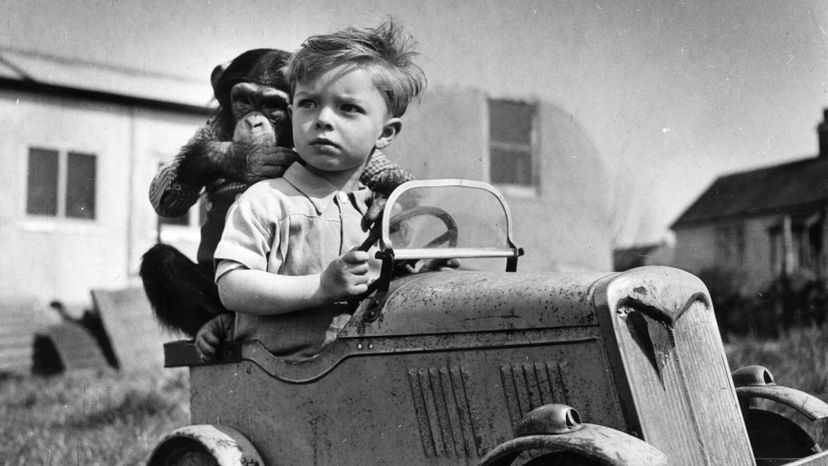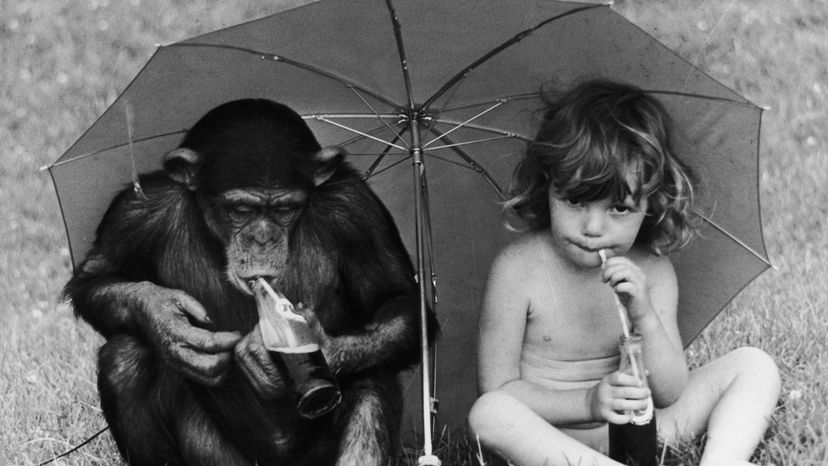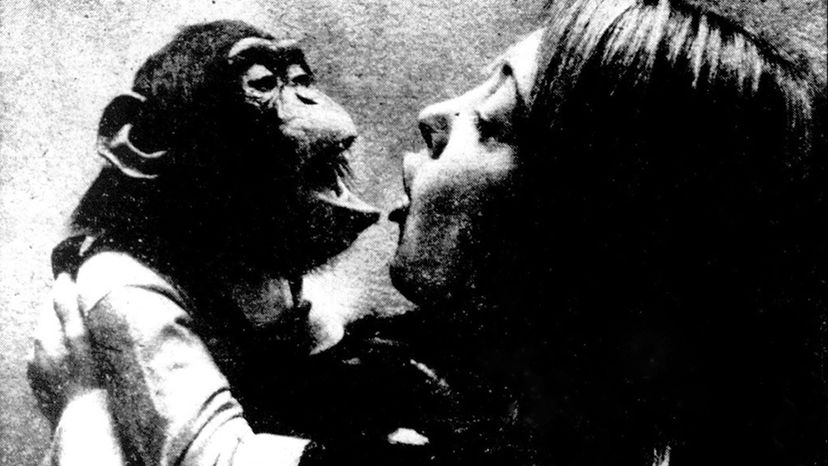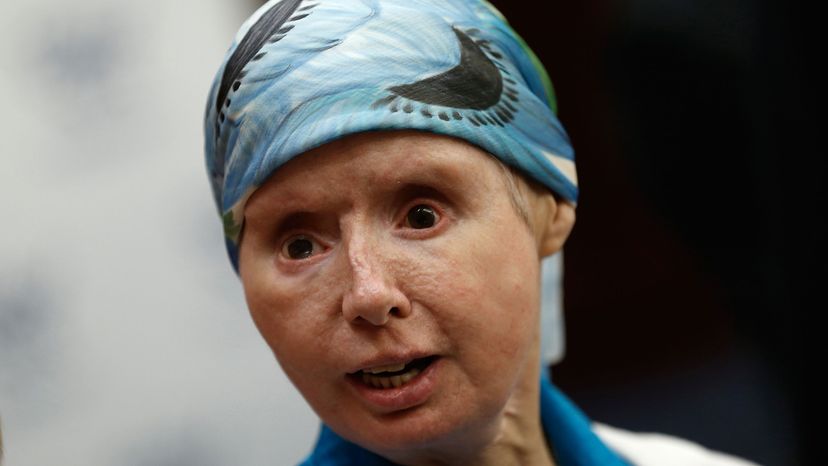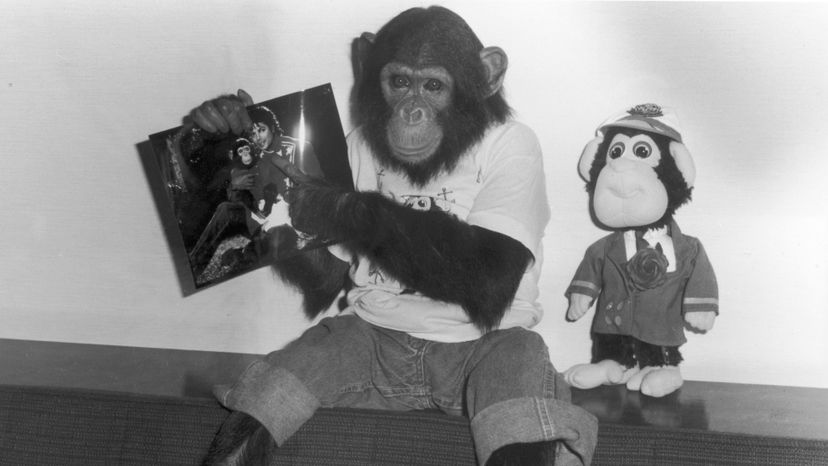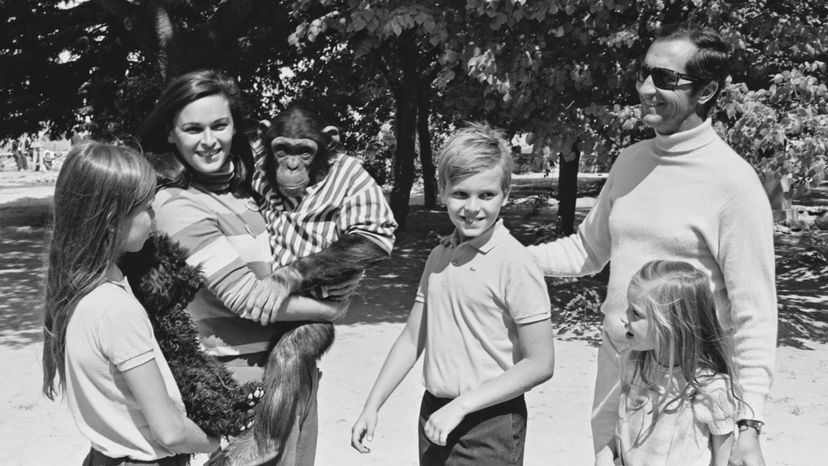
We human beings are unique inhabitants of planet Earth, the only creatures to (mostly) walk around on two legs, speak using our larynxes and fight with our families about politics during the holidays. And while many monkeys occasionally seem to exhibit human-like behaviors, only two primates — bonobo monkeys and chimpanzees — have about 99 percent of our DNA, making them our closest genetic cousins [source: Wong].
Like human toddlers, chimps wrestle, play with sticks, make a racket and cuddle with their parents. They seem, at times, a whole lot like our own children, only hairier and with bigger ears. But that 1 percent difference in DNA counts for a lot too.
Advertisement
Chimps don't become "more human" simply because they're raised in a suburb in Texas instead of the mountains in Tanzania. As very young animals, chimps are adorable, unique companions. Once they reach sexual maturity, though, their instincts gear them to dominate the humans they live with. By age 5, chimps are often stronger than human adults and very aggressive (biting others is a natural behavior, but not so acceptable in a suburban family). Sadly, these chimps don't usually do well if they are later sent to zoos or to the wild, as they are unfamiliar with typical chimp behavior [source: Jane Goodall Institute].
In the U.K, it is illegal to keep chimps as pets, while in the U.S., there is no federal law against it. However, 17 states do ban people from owning primates [source: Gould and Luria]. But you don't need to wait for a law to pass to determine that keeping a chimp as a pet is a bad idea. Just read the five stories that follow.
